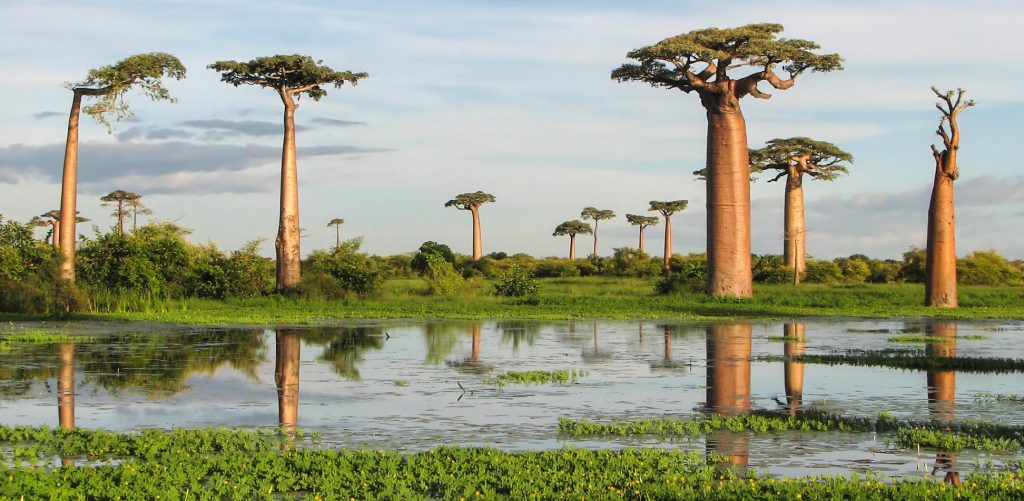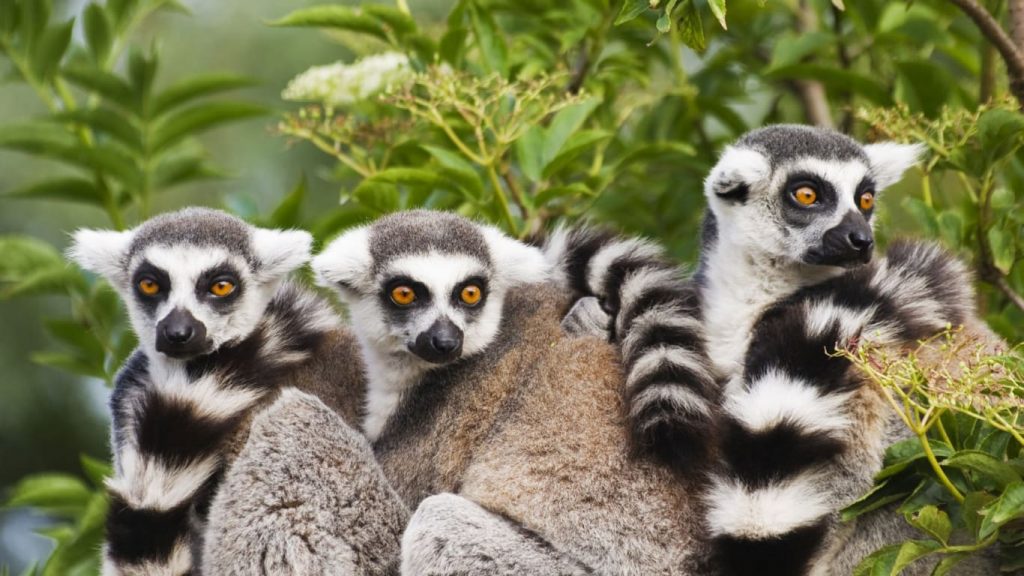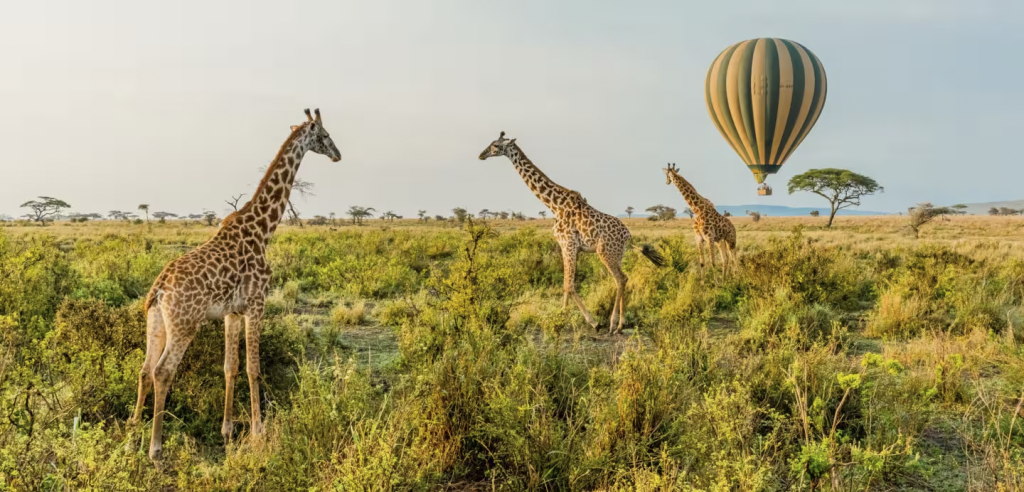The Republic of Madagascar, or short Madagascar, is situated over 400 kilometres off the coast of Mozambique and seen as part of east Africa. As the island has been disconnected from the Indian subcontinent for 90 million years which is why the biodiversity is high and 90 percent of the species living there can only be found on Madagascar.

Source: www.nationsonline.org
The most famous species of animals which are specific to Madagascar are lemurs. Lemurs can be divided in about 100 subcategories which differ in size, colour, diet, and habitat. The Berthe’s mouse lemur only weighs 30 grams while Indris can weigh up to ten kilograms. Their way of getting about is also different, some use all fours, some are nearly upright and jump more than they walk. What they all have in common is their habitat, which has shrunk to ten percent of the island due to humans. They mostly live in forests which range from hard wood forests to rain forests.
If you want to get up close with them, lemur island is the place to go. The Vakona Forest Lodge rescues lemurs from captive wildlife trade and offers them a better habitat than they would have had if they had been traded away. As they have been around humans for quite a while, they are used to us and cannot survive in the wild on their own. This solution offers them a safe environment and you the opportunity to get up close with this rare and endangered species.

Source: www.kensingtontours.com

Source: www.blog.constancehotels.com
From one endangered species to another, the baobab tree can also be found on Madagascar. “Reniala”, the “queen of the forest”, can reach up to 30 metres in height, depending on the species and are a key characteristic of the landscape, especially in the west and south of the island. The oldest baobab existing in Madagascar is approximately 1.600 years old and called “grandmother”. Baobab Alley is a postcard feature and can be visited in real life. For its beauty the area around it has been declared a protected area.
Tsingy de Bemaraha National Park is a biofortress due to the massive limestone formations running through it. Water dissolved the limestone and formed the incredible forms we see today, with canyons being up to 120 metres deep. For humans they are only accessible during the dry season from April to November.
Another spectacle happening close to the island is the whale migration of humpback whales. They stay close to the coast from June to October for mating and giving birth. Male humpback whales perform artistic performances to attract females, a great spectacle for humans as well. Other whales which can be spotted in Madagascar’s waters include shark whales and minke whales between October and January.
Madagascar has one of the most unique flora and fauna on the planet and is therefore a unique travel destination. It is still a bit under the radar, so plan your trip there as soon as possible.



